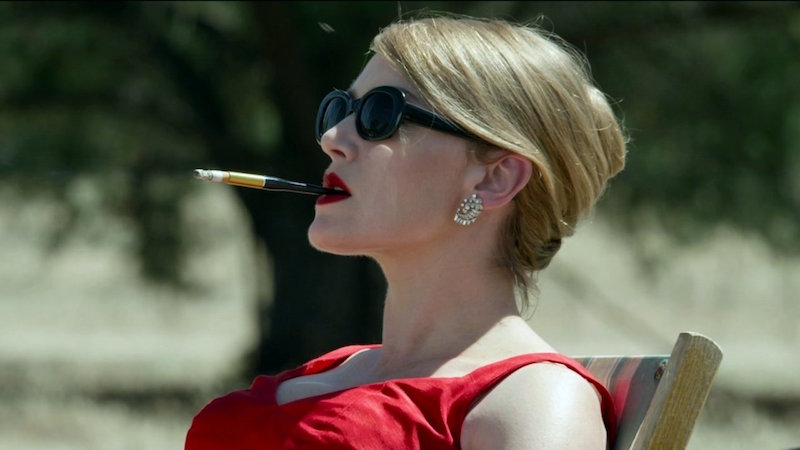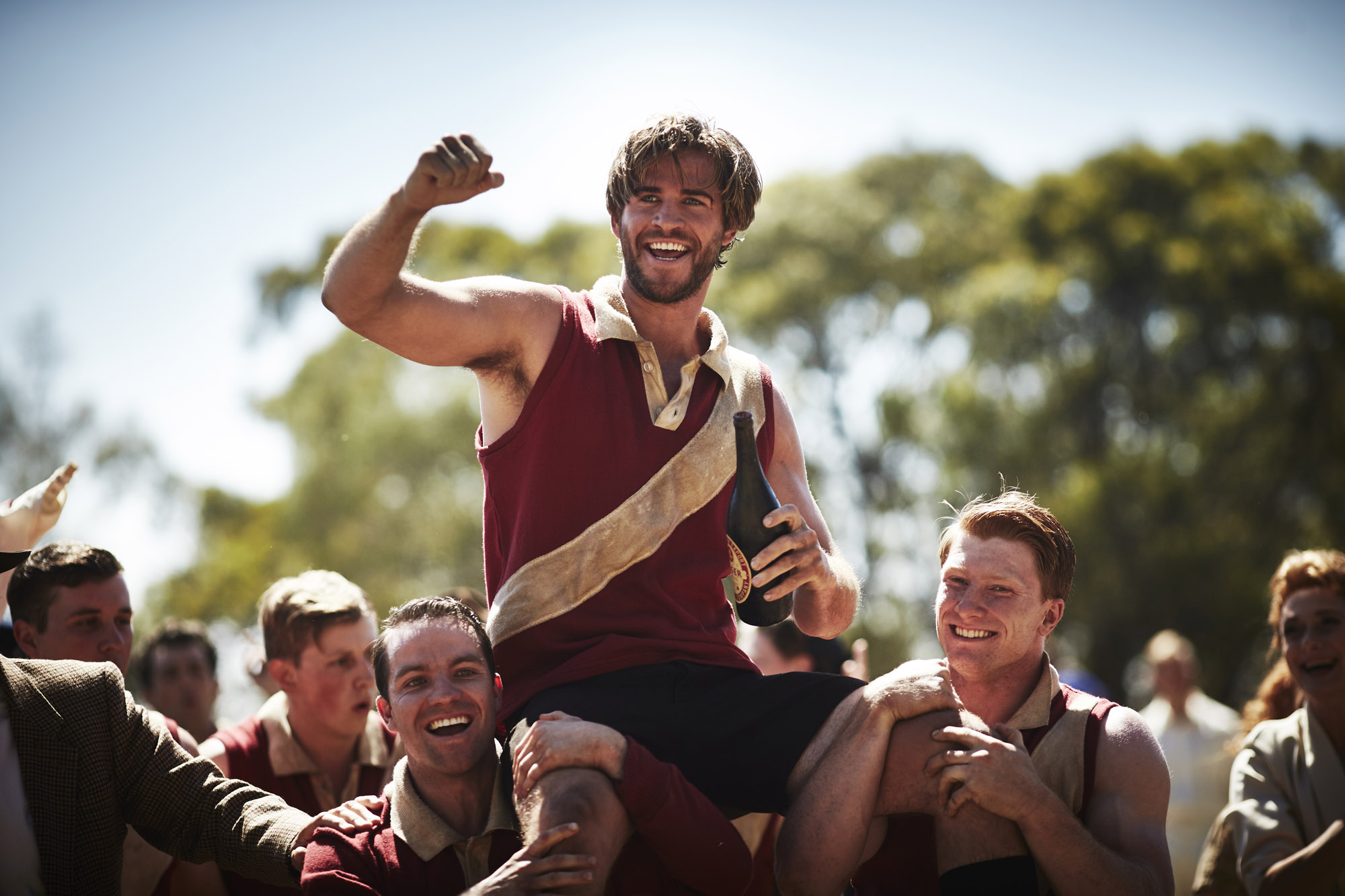How is “The Dressmaker” different from the book?
Quick Answer: While much of the scenes and dialogue in Jocelyn Moorhouse’s film adaptation of The Dressmaker are taken verbatim from Rosalie Ham’s original book, the film cuts out many of the book’s characters and side stories. The film also experiments with multiple different genres, changing the book’s overall romantic and gothic tone into a revenge comedy with hints of western and slapstick.
Jocelyn Moorhouse’s The Dressmaker (2016) is, for the most part, a faithful adaptation of Rosalie Ham’s novel of the same name. Both works center around Tilly, a successful dressmaker who returns to her small Australian outback town twenty-five years after being blamed for the murder of her schoolmate and exiled. In addition to seeking revenge against those who have wronged her, Tilly also transforms the women of her hometown with her couture fashions. The film preserves most of the events of the book, even adapting much of the dialogue word for word. Aside from small changes and the omission or alteration of certain characters, Moorhouse’s version of The Dressmaker primarily reinterprets the source material’s style, tone and generic sensibility.
[SPOILERS AHEAD]
Tilly’s Motivation
In the book, Tilly returns to her rural hometown of Dungatar to take care of her aging mother. In the film, Tilly does return to Dungatar to look after her mother, but the all-important motivation of revenge is also on her mind. Unlike the novel, her first words in the film are, “I’m back, you bastards,” reinforcing the revenge plot that is about to unfold. Moorhouse even went so far as to describe the project as “Clint Eastwood’s Unforgiven with a sewing machine.”
In the film, Tilly has no memory of her “murderous” past and investigates by extracting information from others to use as fuel for her revenge. However, in the book, Tilly remembers every detail of the day that fellow schoolmate Stewart Pettyman died.

Kate Winslet as Tilly in The Dressmaker (2016)
Missing Characters
The town of Dungatar is much larger in Ham’s novel, so many supporting characters were cut out completely from the film. For example, although the Station Hotel is seen in the movie, the owners Fred and Purl are not included. Nancy Pickett is one of the gossiping townswomen in the movie, but her brother Bobby is not seen. In other cases, certain characters are replaced entirely. Schoolteacher Prudence Dimm and her sister Ruth Dimm are replaced by Beulah Harridiene and her sister Prudence Harridiene. While Beulah is a character in the novel, she was not Tilly’s schoolteacher. Instead, she is Tilly’s nosy neighbor.
Missing Plotlines & Changed Scenes
By removing so many characters from the film, there are several plotlines that are understandably absent as well. Though the film abounds with romantic affairs, not all of them made the cut. Perhaps one of the most interesting affairs that is missing from the film is the one between Ruth Dimm and Nancy Pickett. Since Ruth Dimm is not in the film, nor is Nancy’s secret lesbian relationship.
There are also several key scenes in the film that don’t feature in the book. Tilly’s memorable appearance at the football game, for instance, was added to the script. In the book Tilly is not in attendance, giving the townspeople an opportunity to gossip about her behind her back.

Teddy (Liam Hemsworth) at the football game
There are other minor plot points that are altered or omitted in the film. Gertrude becomes pregnant in the book, but this is left out in the film. In the film, Barney tells Teddy what he saw the day Stewart Pettyman died. In the book, it’s Teddy’s father, Edward McSwiney, who witnessed that day.
The vengeful climax also differs between the film and its source material. In the book, Tilly suggests the competitive Eisteddfod. In the film, Tilly’s mother Molly finds the flyer for the competition and shares it with her daughter. Furthermore, the results of Tilly’s revenge differ between the texts. At the end of the book, Sergeant Farrat is left with the rest of the townspeople as Dungatar burns to the ground. In the movie, he makes amends with Tilly and goes to jail to protect her, avoiding Tilly’s final fiery attack.

Tilly (Kate Winslet) and Sergeant Farrat (Hugo Weaving) in The Dressmaker (2016)
Genre Shift
One of the biggest changes made in the film is the complete shift in genre and tone. While revenge is a central theme in both works, the book is primarily a gothic romance and drama. The film, however, jumps from genre to genre. Scenes often oscillate between romance, absurdist slapstick and spaghetti western. Although the book is tonally uniform, the film is more difficult to place into just one genre.
It is to be expected that films will diverge from their source material, but The Dressmaker still remains a largely faithful and highly entertaining adaptation. Fans can still enjoy the dry and sarcastic wit of Tilly and the fashionable couture dresses of the townswomen (and Sergeant Farrat) in Moorhouse’s adaptation of The Dressmaker.

